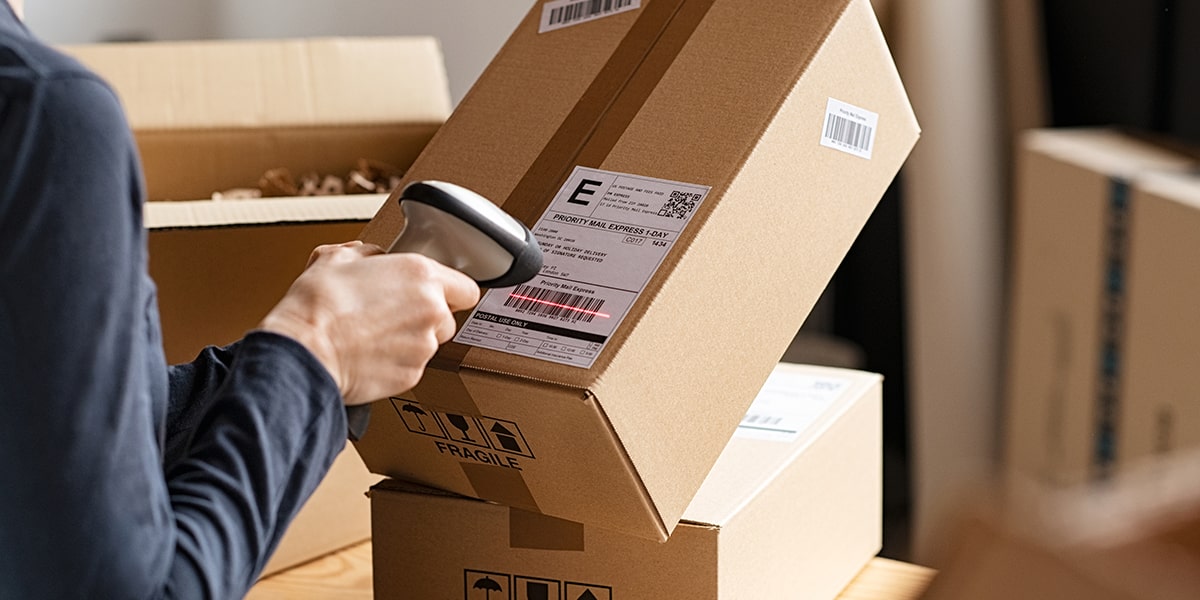Vibration Testing of Packaging During Transport
In the realm of consumer products and product safety testing, ensuring that packaging remains intact during transport is critical. Consumer expectations and regulatory requirements demand that packages not only protect their contents but also withstand the rigors of transportation without compromising safety or integrity.
Transportation conditions can vary widely depending on the mode of transport (air, sea, road) and environmental factors such as temperature, humidity, and shock. Vibration testing specifically evaluates a package’s ability to resist mechanical stresses that occur during transit. This type of test is essential for industries where product safety and consumer satisfaction are paramount.
The goal of vibration testing is to simulate the real-world conditions faced by packages in transit. By doing so, manufacturers can identify potential weaknesses or areas where improvements could be made before products reach their final destinations. For instance, a package that fails this test might show signs of damage such as dents, cracks, or leaks, which would indicate it needs redesign.
Compliance with international standards is crucial in the packaging industry. ISO 9241-607 and ASTM D475 provides guidelines for testing packages under vibration conditions similar to those encountered during transport. These standards ensure that tests are conducted consistently across different organizations, leading to reliable results. Compliance also plays a key role in avoiding legal issues and ensuring products meet safety regulations.
During the test, specimens such as cardboard boxes or plastic containers undergo controlled vibrations at specified frequencies, amplitudes, and durations. This process simulates various modes of transport including road, air, sea, and rail. The purpose is to determine if the packaging can maintain its structural integrity under these conditions.
After the test, engineers analyze any signs of damage or failure in the package. If a specimen fails during testing, it indicates that improvements are necessary before moving forward with production. Engineers may then redesign the packaging to better withstand the stressors encountered during transport. Once successfully tested and approved, manufacturers can have confidence that their products will reach consumers safely.
Testing is conducted using specialized equipment such as shakers or vibration tables that replicate the motion experienced by packages in transit. These machines allow for precise control over parameters like frequency, amplitude, and duration, ensuring accurate simulation of real-world conditions. The results provide valuable data to inform design decisions and improve product safety.
Overall, vibration testing is an integral part of quality management processes within various sectors including manufacturing, logistics, and retail. It helps ensure that products remain safe and undamaged throughout the supply chain, ultimately enhancing customer satisfaction and trust in brands.
Scope and Methodology
The scope of vibration testing encompasses a range of parameters designed to simulate real-world conditions encountered during transportation. Key factors include frequency, amplitude, and duration of vibrations that packages experience in transit via different modes such as road, air, sea, or rail.
- Frequency: The frequency at which vibrations occur can vary widely depending on the mode of transport. For example, trucks may experience higher frequencies compared to ships due to differences in speed and movement patterns.
- Amplitude: This refers to how much displacement occurs during each vibration cycle. Larger amplitudes imply greater forces acting upon the package, which is why it’s critical for packages to be robust enough to handle these forces without failing.
- Duration: The length of time over which vibrations occur also plays a significant role in determining their impact on packaging materials. Longer durations increase fatigue stresses within the material, potentially leading to premature failure.
The methodology involves setting up the test environment according to specified standards like ISO 9241-607 and ASTM D475. Specimens are then placed into a controlled vibration chamber where they undergo prescribed cycles of vibrations. Engineers monitor each cycle carefully, noting any signs of damage or failure.
Once testing is complete, detailed reports are generated outlining the results observed during the test runs. These reports include information about the specimen’s structural integrity post-testing as well as suggestions for improvement if necessary. This data serves as invaluable input for R&D teams working on enhancing packaging designs.
Competitive Advantage and Market Impact
Vibration testing offers several competitive advantages that can significantly impact market positioning within the consumer products industry. By ensuring robust packaging, companies demonstrate a commitment to product safety and customer satisfaction, which is increasingly important in today’s highly regulated environment.
Compliance with international standards like ISO 9241-607 and ASTM D475 not only enhances credibility but also reduces the risk of non-compliance penalties. This can translate into a positive reputation among consumers who value safety and quality, potentially driving sales growth.
The ability to identify and address potential issues early in the design process through vibration testing allows companies to bring products to market faster than competitors. Faster time-to-market is crucial in today’s fast-paced business landscape, giving firms an edge over slower-moving counterparts.
In addition, successful completion of these tests can lead to cost savings by minimizing post-production recalls and returns due to damaged goods. Such incidents not only hurt brand reputation but also incur additional expenses related to repair or replacement of defective products.
Moreover, companies that invest in vibration testing are more likely to attract discerning customers who prioritize product safety and sustainability. This aligns with broader trends towards eco-friendly practices and responsible consumption, positioning such businesses favorably within their respective markets.
The importance of effective packaging cannot be overstated given its direct influence on consumer perception and loyalty. By investing in comprehensive testing procedures that include vibration analysis, manufacturers can create a stronger competitive position that resonates well with modern consumers.





